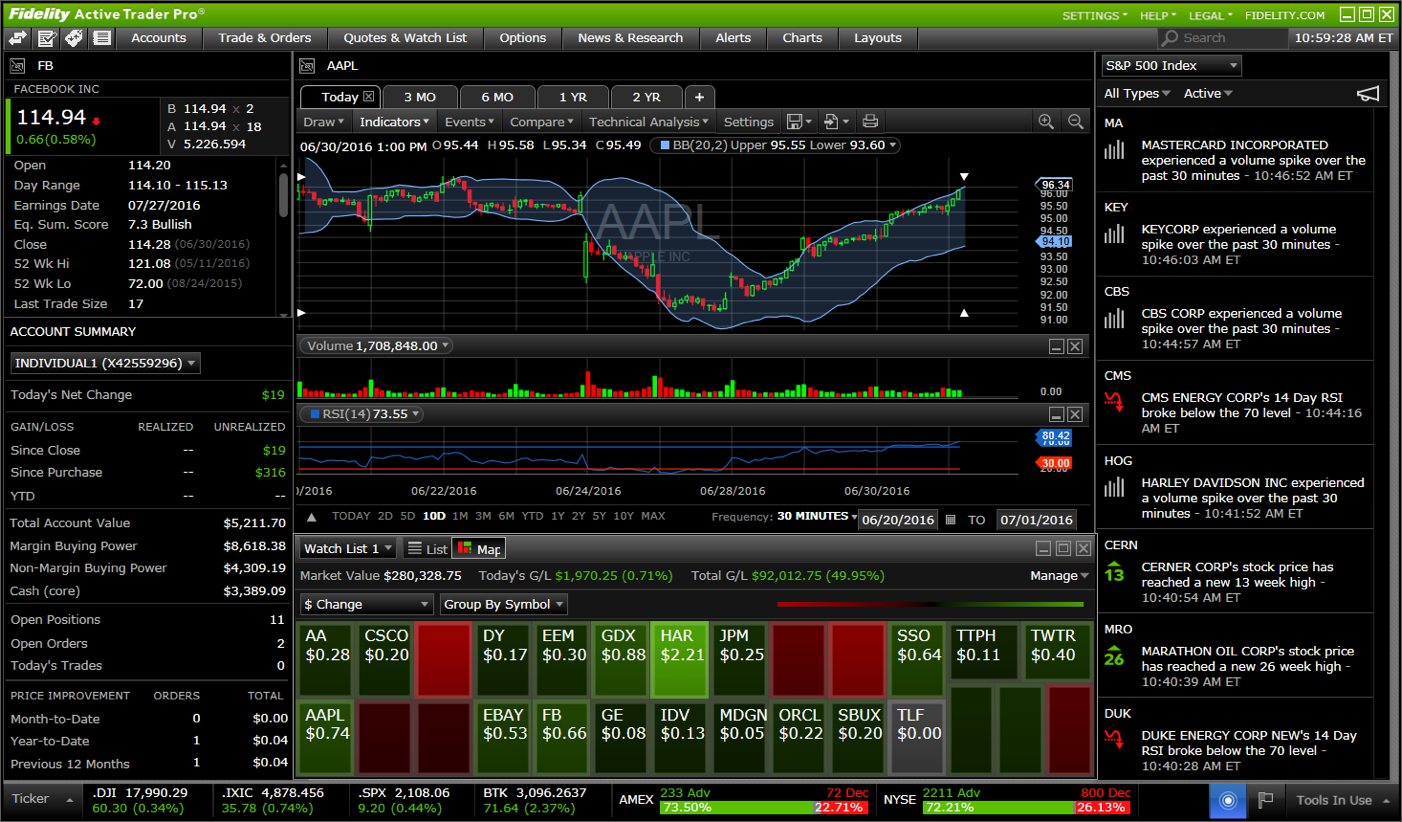Embarking on the multifaceted world of finance, one cannot overlook the burgeoning influence of automated options trading strategies. These sophisticated algorithms, designed to enhance efficiency and optimize trading outcomes, have become indispensable tools for savvy investors seeking to navigate the complex landscapes of options markets. In this in-depth exploration, we will delve into the intricacies of automated options trading strategies, unveiling their historical roots, fundamental principles, and revolutionary impact in the modern financial ecosystem.

Image: finmodelslab.com
1. A Historical Perspective: Automation in Options Trading
The genesis of automated options trading can be traced back to the advent of electronic trading platforms in the late 1990s. As technology advanced at an unprecedented pace, algorithmic trading emerged as a game-changer, automating the execution of trades based on predefined parameters. Options trading, with its inherent complexity and dynamic nature, proved to be an ideal candidate for automation. Today, automated options trading strategies have evolved beyond simple execution algorithms, employing advanced analytical models and sophisticated risk management techniques to maximize trading profits.
2. Deconstructing Automated Options Trading Strategies
At their core, automated options trading strategies are computer programs that monitor market data, analyze trends, and automatically execute trades based on predefined criteria. These algorithms can be meticulously customized to mirror the unique trading styles and risk tolerances of individual investors. They offer a plethora of advantages, including enhanced execution speed, reduced transaction costs, and the ability to capitalize on market inefficiencies undetected by human traders.
3. Common Automated Options Trading Strategies
A diverse array of automated options trading strategies exist, each tailored to specific market conditions and trading goals. Some of the most prevalent strategies include:
- Delta-neutral strategies seek to maintain a neutral exposure to market movements, thereby reducing risk while generating income from options premiums.
- Pairs trading strategies involve simultaneously buying and selling two highly correlated options with similar expiration dates but different strike prices.
- Volatility arbitrage strategies capitalize on discrepancies in implied volatility by simultaneously buying and selling options with different volatility profiles.
- Statistical arbitrage strategies exploit statistical inefficiencies in options pricing, identifying undervalued or overvalued opportunities.

Image: programminginsider.com
4. Advantages of Automated Options Trading Strategies
The allure of automated options trading strategies stems from their numerous advantages:
- Enhanced trading efficiency: Algorithms operate at lightning-fast speeds, executing trades instantaneously and eliminating the delays associated with manual trading.
- Reduced transaction costs: Automated execution can significantly lower transaction costs, especially when trading large volumes or complex option strategies.
- Risk management: Sophisticated risk management algorithms help investors navigate market turbulence, dynamically adjusting positions to minimize losses.
- Emotionless trading: Algorithms trade based on predefined parameters, eliminating emotional biases and ensuring disciplined execution.
- 24/7 market access: Automated strategies can monitor markets around the clock, capturing trading opportunities outside of regular trading hours.
5. Drawbacks and Limitations of Automated Options Trading Strategies
While automated options trading strategies offer numerous benefits, they also come with potential drawbacks:
- Complexity: Designing and implementing automated options trading strategies requires a high level of technical expertise and a thorough understanding of options trading.
- Market volatility: Automated strategies may struggle in highly volatile markets, where historical data and statistical models may become less reliable.
- Execution risk: While algorithms automate execution, they cannot eliminate the risk of trade execution errors or system failures.
- False signals: Algorithmic trading relies on historical data, which may not always accurately predict future market behavior.
6. Getting Started with Automated Options Trading Strategies
Aspiring automated options traders should undertake the following steps to get started:
- Develop a trading strategy: Define your trading goals, risk tolerance, and market assumptions.
- Learn programming: Proficiency in programming languages such as Python or C++ is essential for developing automated trading strategies.
- Select a trading platform: Choose a platform that supports automated trading and provides access to necessary market data.
- Test and refine: Backtest your trading strategy rigorously using historical data before deploying it in live markets.
- Monitor and evaluate: Continuously monitor the performance of your automated strategy, making adjustments as needed to optimize returns.
Automated Options Trading Strategies
Conclusion: The Future of Automated Options Trading
As technology continues to reshape the financial landscape, automated options trading strategies will undoubtedly play an increasingly pivotal role. Their ability to analyze vast amounts of data, execute trades at lightning speeds, and manage risk effectively will further empower investors to capitalize on the myriad opportunities offered by options markets. As the industry evolves, expect advancements in artificial intelligence, natural language processing, and quantum computing to further enhance the capabilities of automated options trading strategies, transforming the financial world in unprecedented ways.
We encourage you to delve deeper into the realm of automated options trading strategies, exploring the latest advancements and sharing your experiences. The world of finance awaits your innovations, where technology and human ingenuity converge to shape the future of investment.






